
Temple of longing
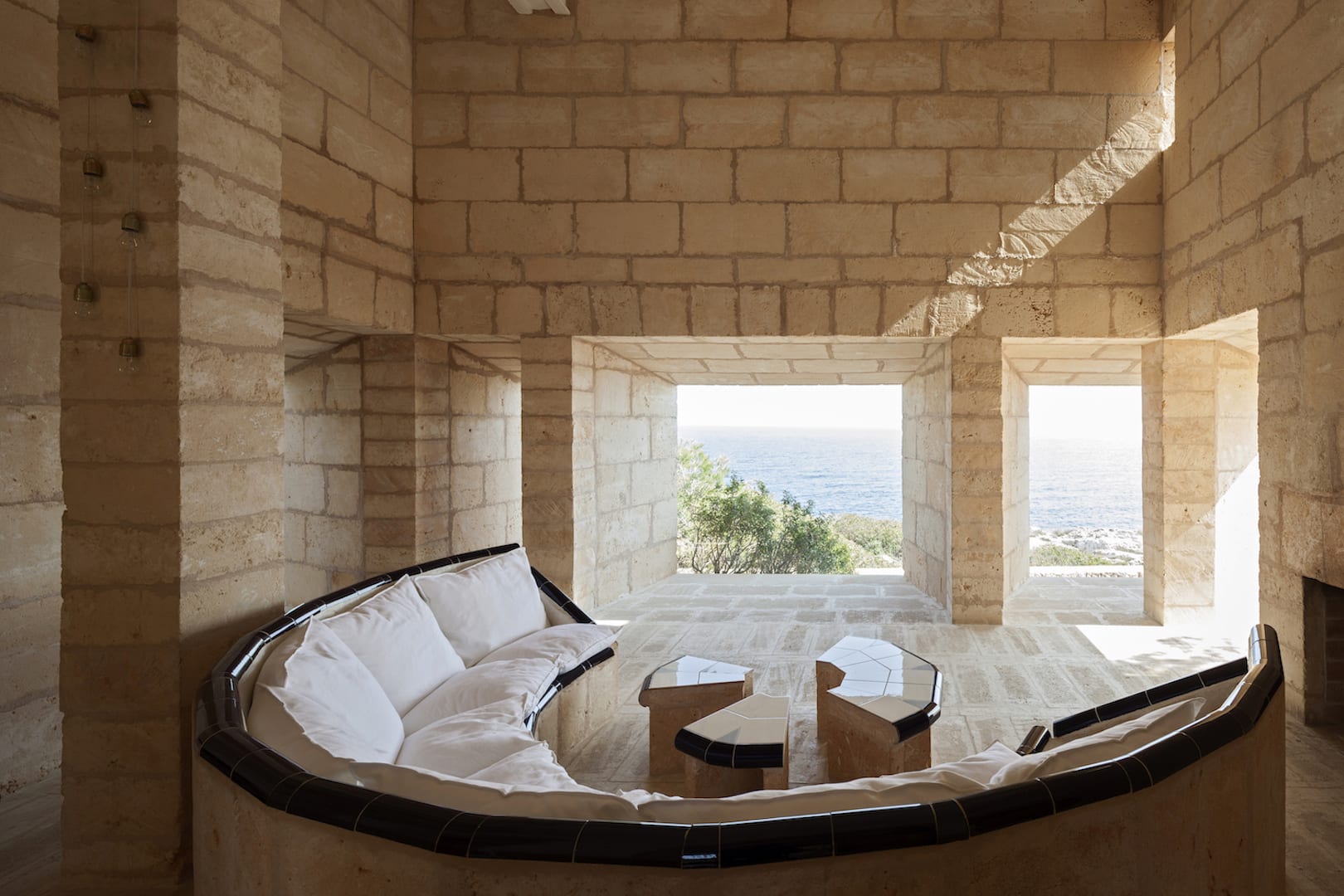
A narrow, asphalted road leads between wild bushes and unambitious vacation homes to a house that couldn't be simpler: Roughly hewn stone blocks, wide openings, lots of empty spaces. Somehow it seems unfinished, and yet it is considered the best that Mallorca has to offer architecturally. If the house on the rocks were made of concrete rather than local marés, it would be reminiscent of the kind of unfinished ruins often found on the island, especially by the sea, where building is now prohibited.
The Danish architect Jørn Utzon designed it more than 40 years ago as a place of retreat. "Can Lis" was inhabited until the 1990s: it is named after Lis Fänger, who was Utzon's wife for 66 years and had three children with him. She died in Denmark in 2010 at the age of 91, two years after her husband. The famous house was renovated a few years ago and can now be visited by appointment. The Utzon Foundation organizes guided tours.
This means that Utzon's house will remain open to visitors and islanders. Many feared that Mallorcan architectural monuments would be sold off to private individuals who would immediately fence them off. When the house was finished in 1972, nobody knew who Utzon was; as a foreigner, he was not allowed to sign as architect on his own house and had to ask master builder Josep Montserrat for this favor. Today, when the Dane is mentioned in the same breath as Alvar Aalto or Frank Lloyd Wright, Mallorca is proud of the famous, poor house on the coast. It is soon to be listed as a historical monument.
The location is quite adventurous for the retirement home of a star architect who came to fame and glory with his most famous building, the Sydney Opera House, but also despaired over it. Seven years before completion of the world-famous building with the fanned roof, Utzon gave up in 1966 due to a dispute with the authorities over the exploding costs and artistic disagreements. He left the Fifth Continent with a false name and his children and never set foot on it again, even though he and his family had fallen in love with Australia.
That's why they looked for a similarly wild coastal country with a hot climate in Europe and found it on Mallorca: an "Australia without pressure and expectations", an "Australia where they were not followed by fans, harassed by journalists and recognized by the locals". Here, the Utzons thought they were in paradise.
The light-colored blocks show their age: They are rough and stained, with rounded edges in places. No wonder, as they are exposed to wind and weather. The house stands a few steps away from the precipice. When the wind blows, the spray splashes against the windows, and on hot summer days the sun is so blinding that the sight of the sea hurts the eyes. Can Lis faces south, with around a dozen huge windows.
Anyone who wanders between the patios and columns, who sits down on the semi-circular sofa covered with thick cushions in the salon, will experience a feeling of nakedness. If Can Lis were the design of a fashion designer, the style would probably be called nude: porous, skin-colored stones everywhere, on the walls, on the floor, inside and out. Only the ceilings are white, but they are so high that you don't notice them.
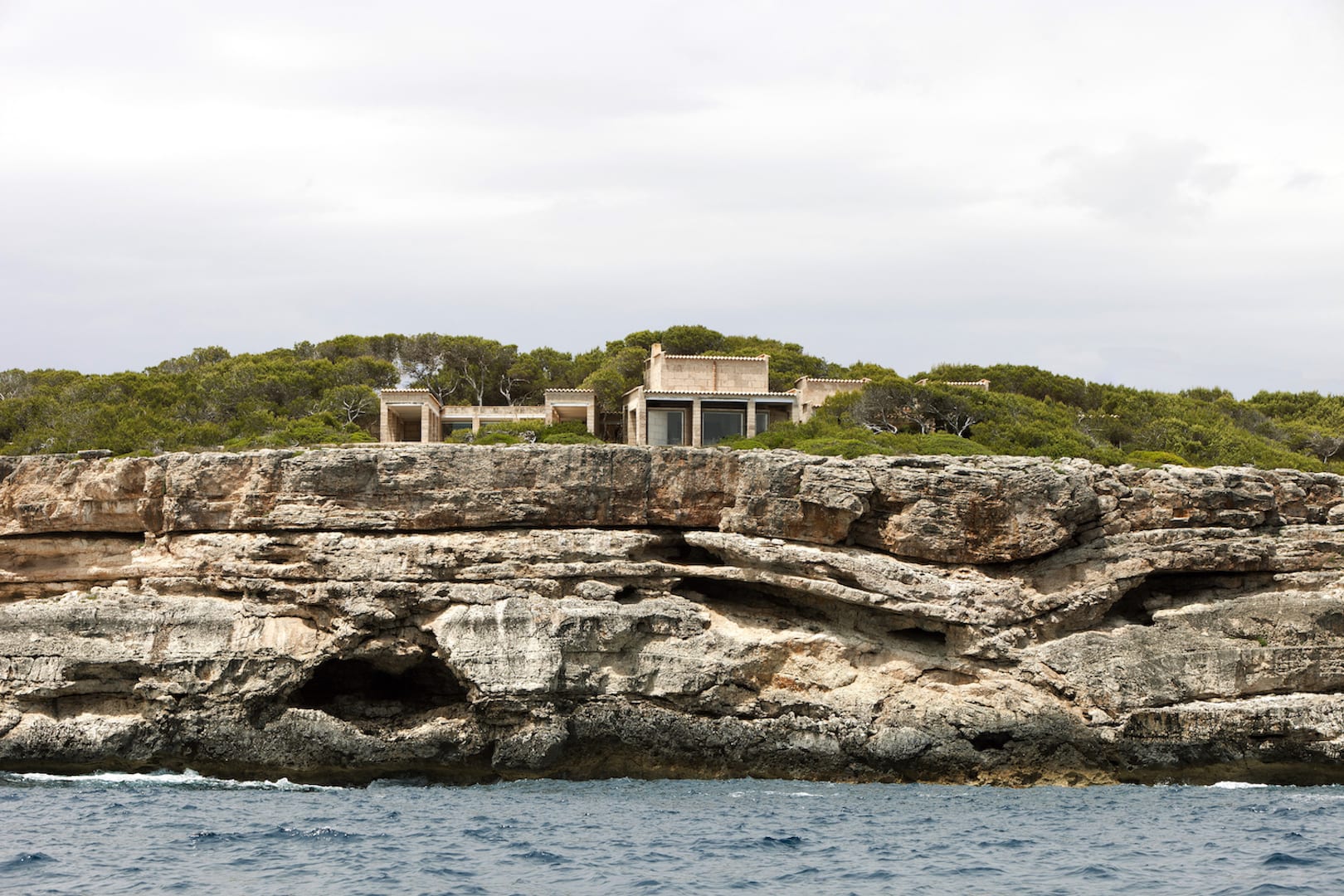
House with spectacular sea views
Utzon designed the house from the inside out, there are hardly any plans, the architect made spontaneous decisions. He had pine window frames screwed to the wall from the outside so that they were not visible from the inside.

Everything takes place at ground level. Shelves, tables and benches are made of brick, as are the beds. The frame with mattress stands in a cabin-like stone alcove, the bedrooms, like everything else in the house, are sparse, reminiscent of monks' cells. A total of five house blocks stand parallel to the coast, connected by courtyards and typical Mallorcan wooden louvered doors.
The parts of the building are arranged according to the position of the sun and the needs of the residents: the bedrooms to the east, an open-air office to the west. The couple's daily routine is said to have been highly ritualized; there is even a courtyard for afternoon tea, with two tiled benches and a shady tamarisk, one of the few trees that thrive in very salty air.
As you walk around, you soon no longer know whether you are inside or outside the house. This was probably Utzon's dream: living outdoors with a roof over your head.
Utzon designed the house from the inside out, there are hardly any plans, the architect decided spontaneously which wall should be raised at which angle to the coast and which window should frame which section of the sea. He had pine window frames screwed to the wall from the outside so that they were not visible from the inside. Only the kitchen and bathroom are tiled, presumably for practical reasons: Coarse sandstone is difficult to clean.
Can Lis
The Utzon Foundation organizes guided tours
web www.canlis.dk


What do you think to the article: Temple of longing?
We cordially invite you to share your thoughts, impressions and own experiences in the comments section.
Have you found your own memories in Mallorca's news and stories, met fascinating characters or have experiences of your own that you would like to share with us?
Share your impressions, arouse curiosity or express your enthusiasm - every exchange here is an enrichment of our shared passion for this magical island.
Rental car book for your next vacation
Just one click and you have a wide selection of our selected and recommended rental car partners available.
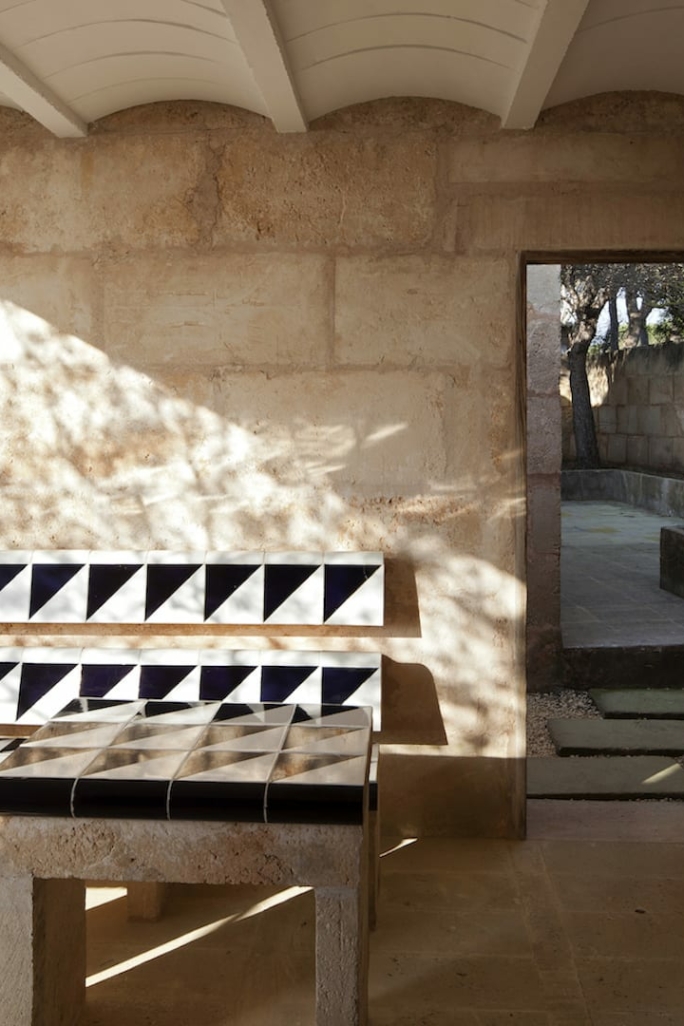
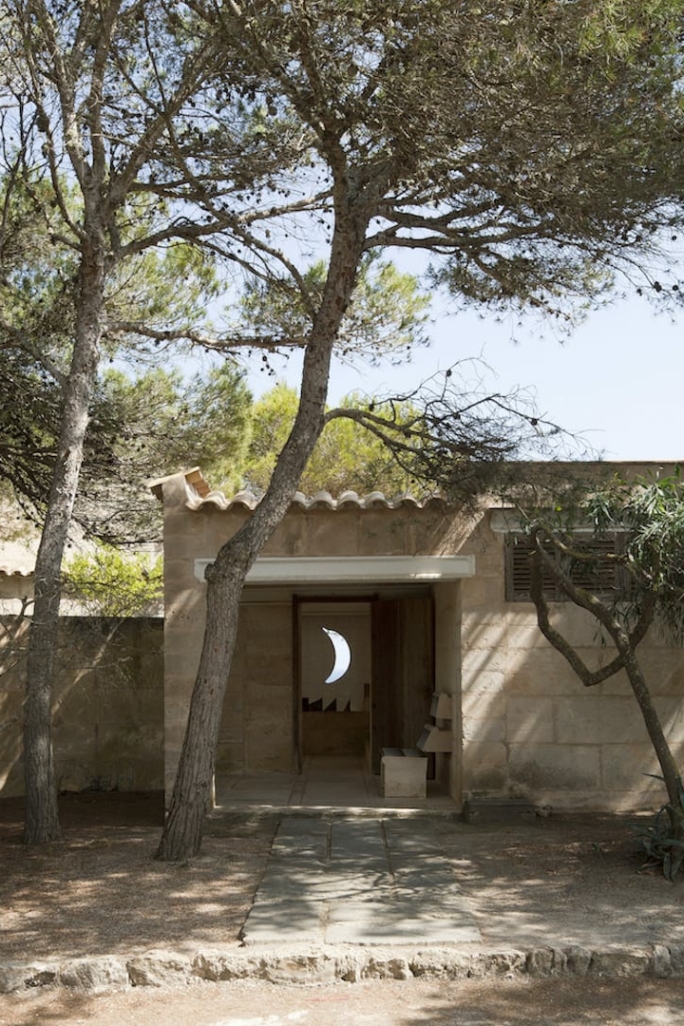
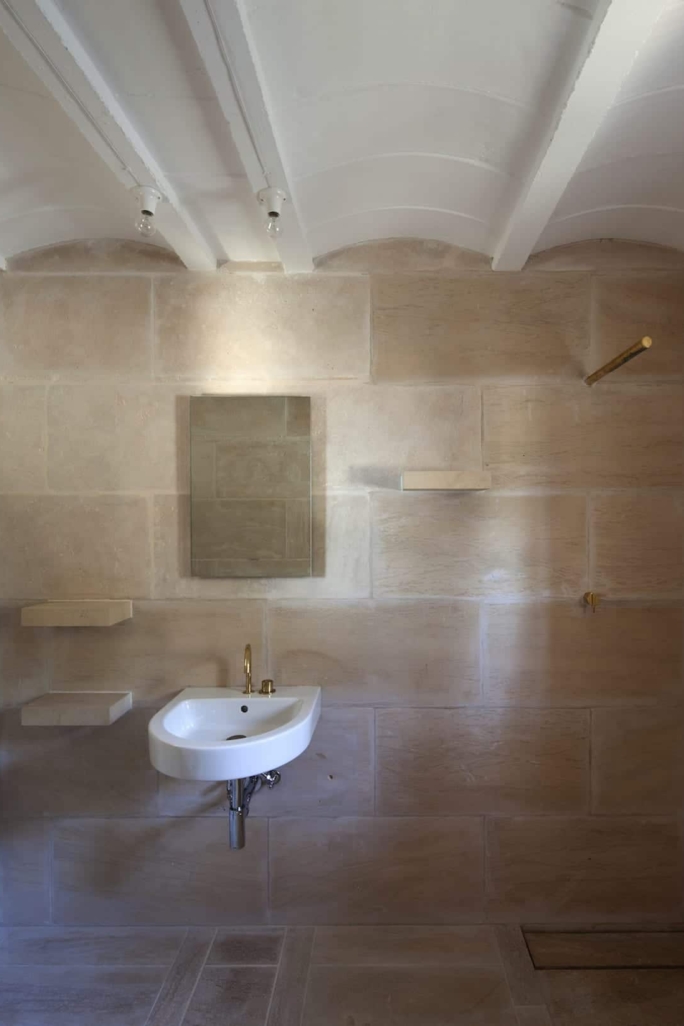

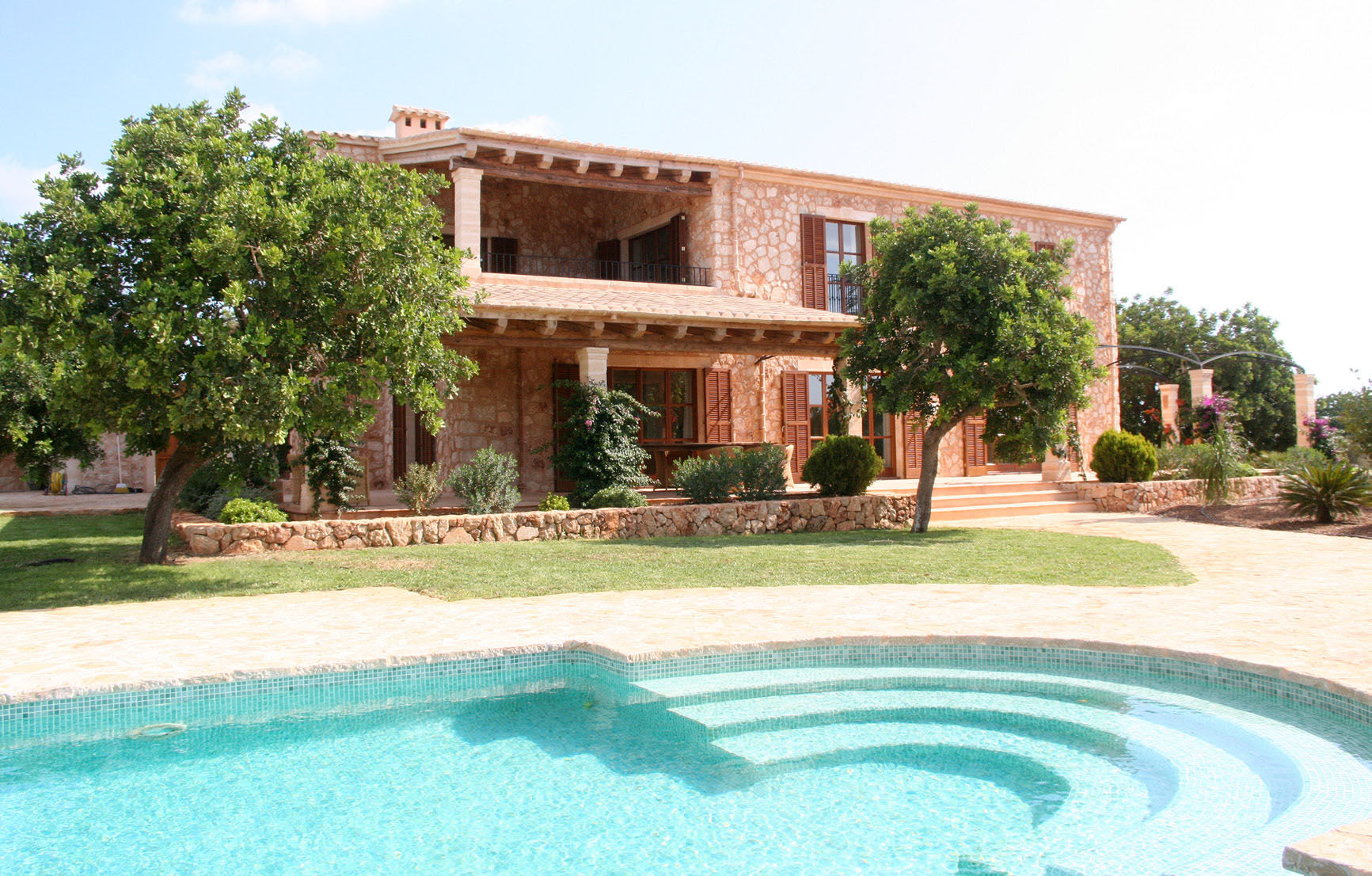
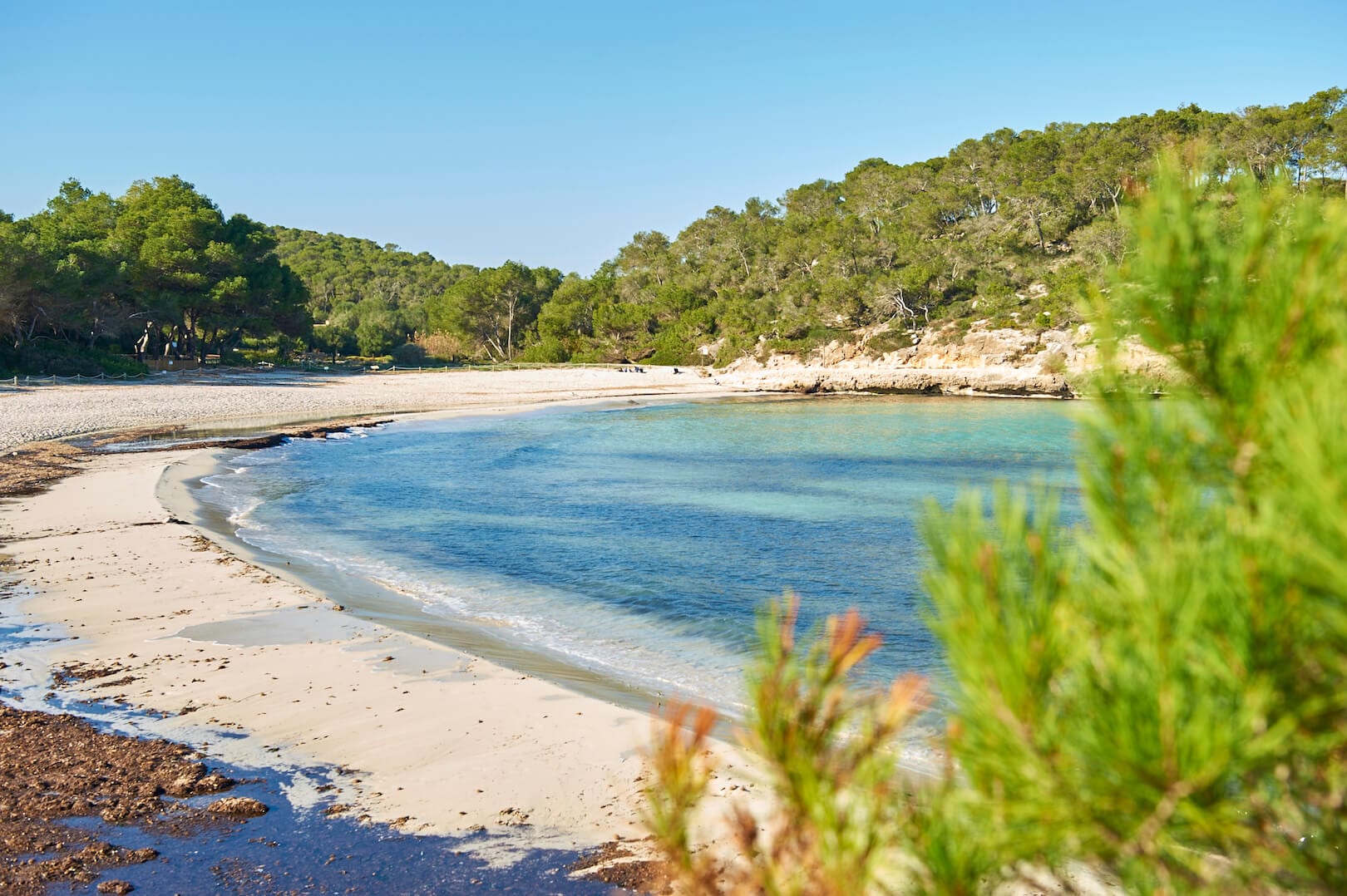

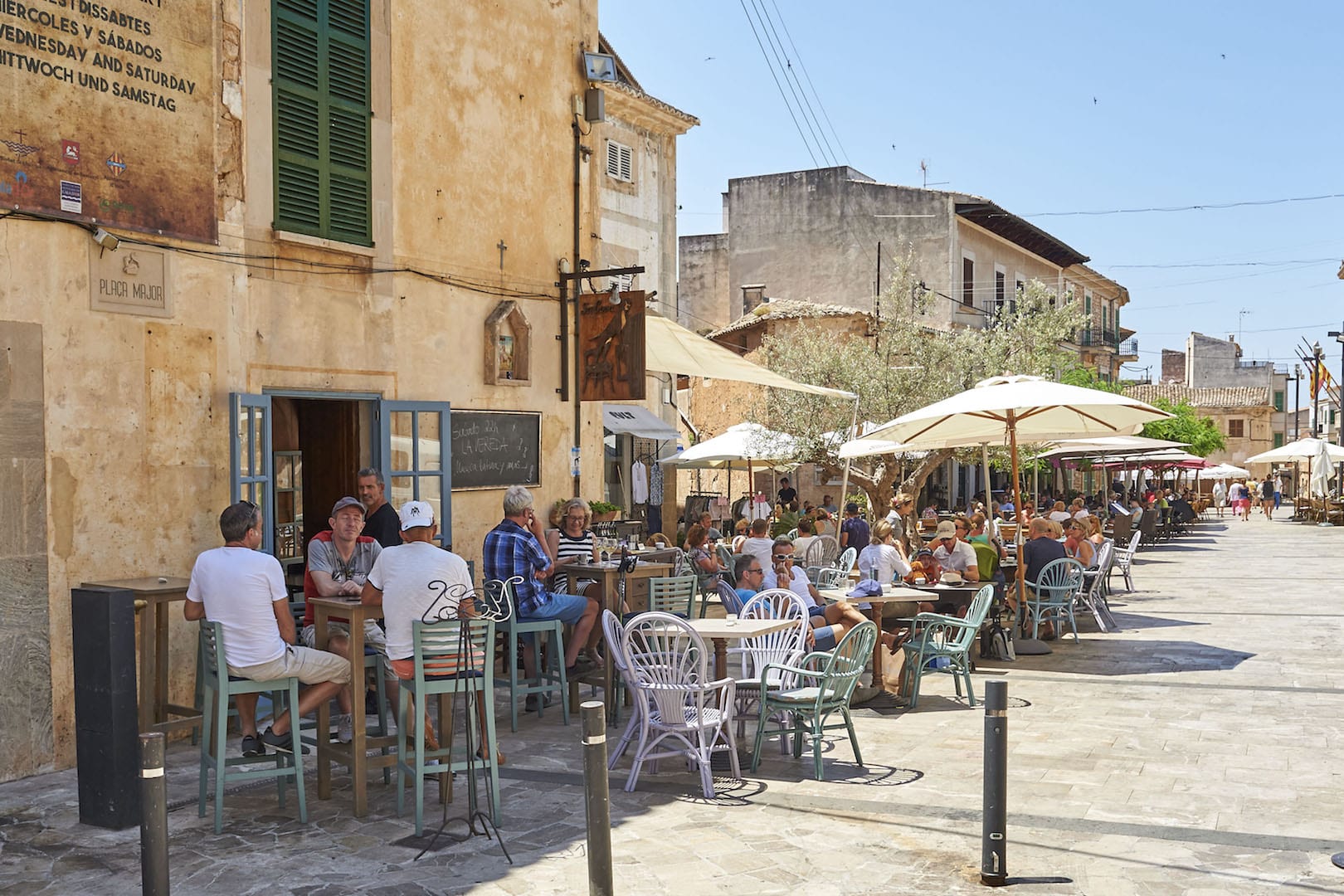
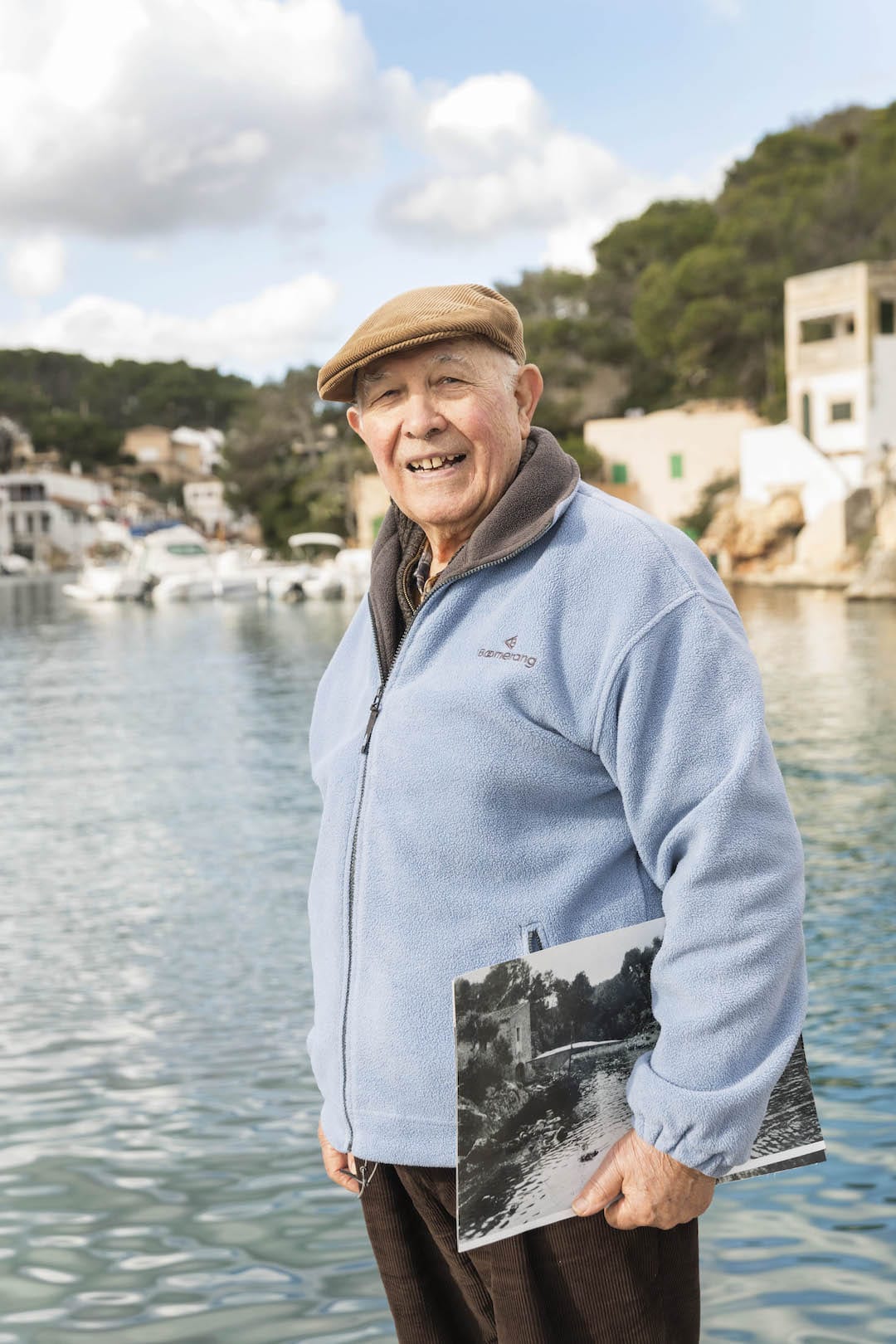

0 Comments